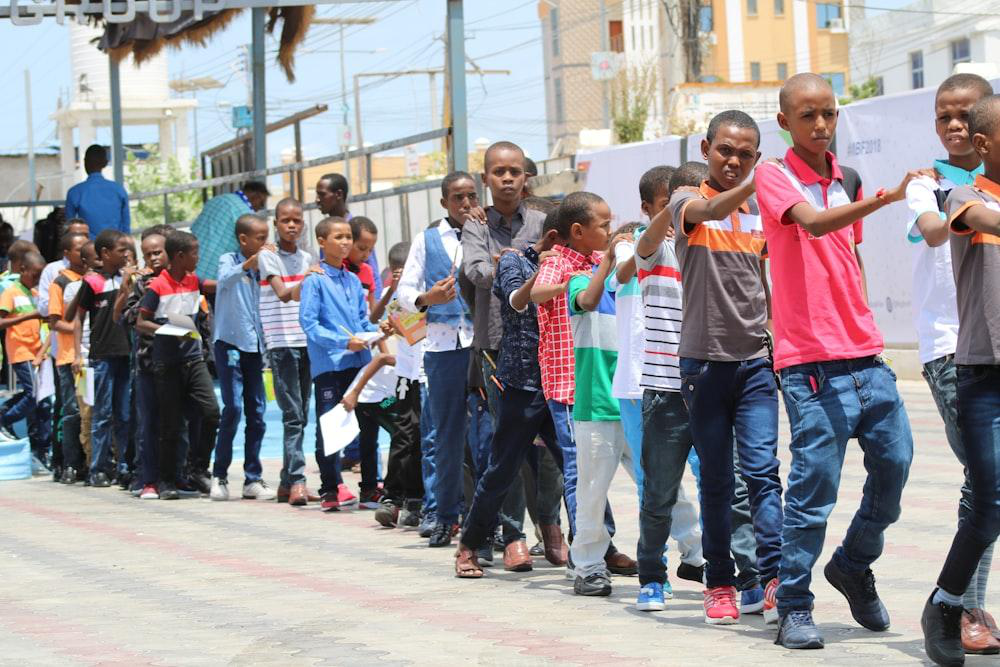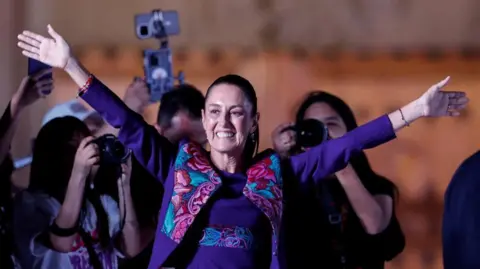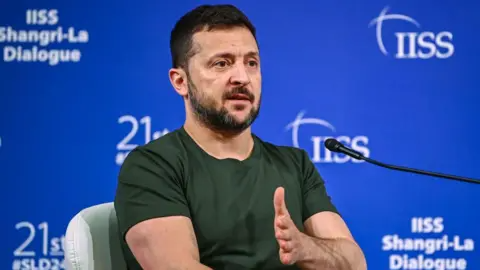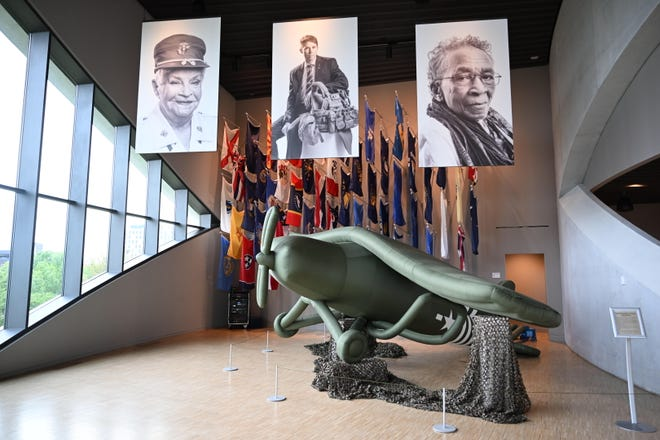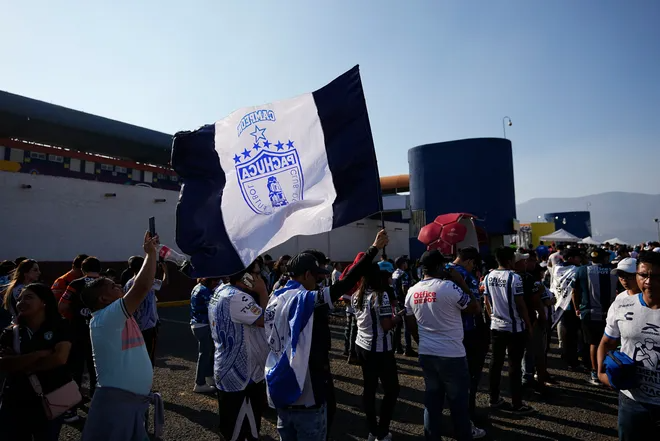- Cyclone Aila in 2009 damaged and contaminated all sources of surface water in the region
- For the past few years, local communities have been installing rain-harvesting systems
SHYAMNAGAR, SATKHIRA: Waking up before dawn every day, Tamanna Akter Akhi until recently used to walk 2 km to collect fresh drinking water for her family — like many other girls in the coastal areas of southwestern Bangladesh, where communities are bearing the brunt of the changing climate.
Akhi, now a secondary school student, lives in the Gabura and Padmapukur region of Satkhira district, in the Ganges Delta that in 2009 was devastated by Cyclone Aila, which damaged and contaminated all sources of surface water in the area.
Increasing salinity has led to mass migration as people were no longer able to cultivate their land due to an acute freshwater crisis, which soon also caused disease outbreaks.
About 16,000 families remained in the region and it took them years to adapt to the changed conditions. Akhi’s community did so by starting to harvest rainwater. The reservoir nearest to her home was installed at her Gabura GLM Secondary School in 2018.
“In this big plastic reservoir, rainwater is stored during monsoon. The school authorities prepared the building roof for collecting rainwater and preserving it for our use,” Akhi told Arab News.
“During school hours, each of the students drinks two glasses of water from the rainwater harvesting plant. We remain very cautious not to waste a single drop of this precious water since drinking water is valued more than anything.”
Her school friend, Nasirul Kabir, remembers how children used to fall sick when there was no clean water to drink.
“Many of us, including me, used to fall ill with different water-borne diseases almost every week,” he said.
“Earlier we had to carry water pots from home while coming to classes. A walk through the narrow village road carrying books and water was not easy. Now, we bring only books when coming to school.”
But the amount of harvested rain is limited and only 50 percent of the local population so far has access to it, according to estimates by Amjad Hossain, a top local administration official in Padmapukur.
“The government provides some plastic reservoirs to be used for rainwater harvesting. But the supply is very poor in contrast with demand. This year, I provided three reservoirs to my people, while there is demand for around 2,000,” he told Arab News.
Those without rain harvesting installations have to buy water from private treatment plants. And the cost has been increasing together with the problem of salinity.
“It’s all saline water, no matter how deep we dig,” Hossain said, adding that for many the 30 US cents they pay for 20 liters of treated water is already too much.
“Most of the people here belong to the ultra-poor category. They can’t afford to purchase drinking water, so they are forced to transport drinking water from a distant area every day…It’s an everyday challenge for the people in my area.”







